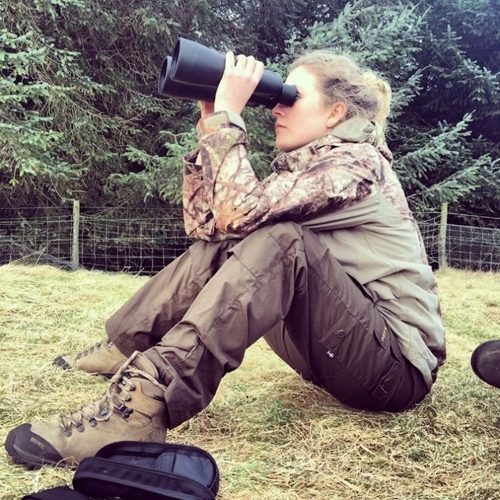 As mentioned elsewhere, blackbirds, song and mistle thrushes are all abundant at GWSDF. Our baseline monitoring found them to be breeding at almost four times the density of a nearby reference site in 2016. This was followed up by a pilot study in 2017, conducted by Joe Bishop of Imperial College London, which showed that productivity was relatively high with 63% of nests producing chicks at GWSDF compared to 25% at the reference site. This mirrors the high productivity found for breeding waders.
As mentioned elsewhere, blackbirds, song and mistle thrushes are all abundant at GWSDF. Our baseline monitoring found them to be breeding at almost four times the density of a nearby reference site in 2016. This was followed up by a pilot study in 2017, conducted by Joe Bishop of Imperial College London, which showed that productivity was relatively high with 63% of nests producing chicks at GWSDF compared to 25% at the reference site. This mirrors the high productivity found for breeding waders.
In 2018 and 2019, thrush monitoring continued thanks to the generous support of SongBird Survival. With help from Minna Ots (Southampton University) and Katherine Thorne (Plymouth University), we focused on how the three thrush species use the various habitats: where do they breed, which fields do they forage in and how does this vary through the year? Associated with this is an investigation of which features of the fields are important: structural elements, vegetation, invertebrate supplies, or broader landscape features?
Nests and subsequent nest and chick survival were also intensively monitored. In 2018, a total of 83 thrush nests were located at GWSDF, with a success rate of 54%. Song thrush were the most abundant species, followed by mistle thrush and then blackbird. For the first time in 2018, the impact of raptors on the thrushes was recorded by searching for prey remains at nest sites and plucking posts. Sparrowhawks are seen on the farm, however it was found that their breeding sites were located elsewhere, therefore their impacts on thrush numbers are thought to be minimal. At the end of this we hope to inform agri-environment measures on grass-dominated farms to support thrushes and other similar farmland birds.
